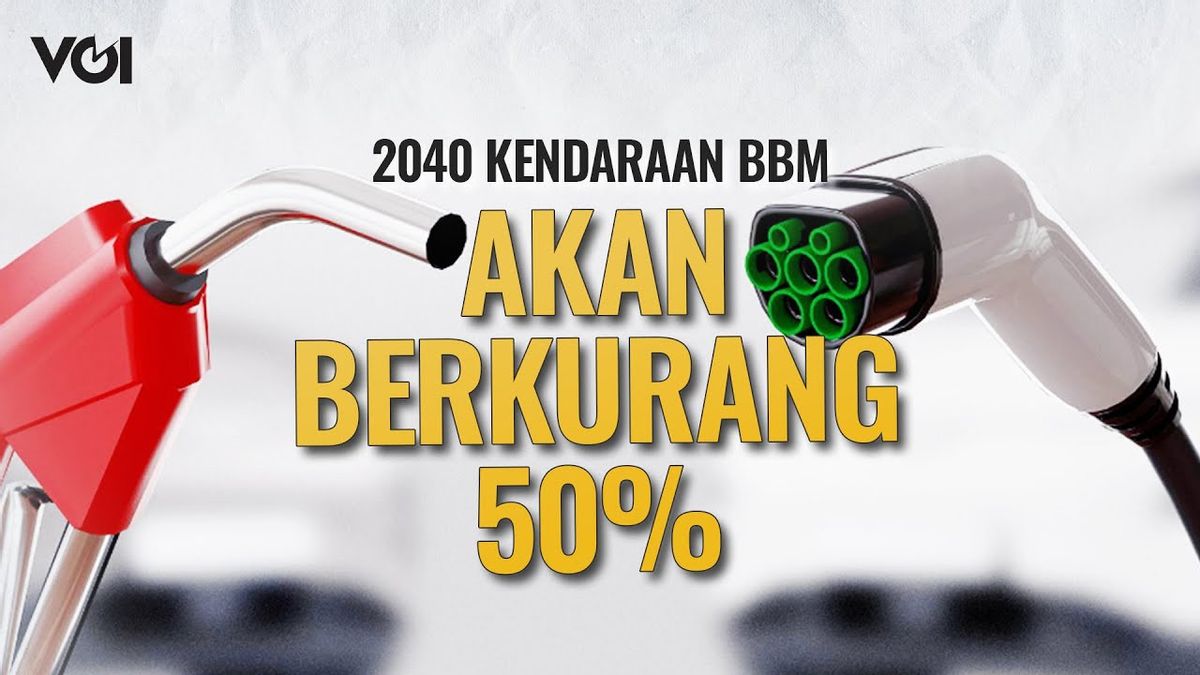Towards 2040, oil-fueled vehicles will decrease by 50 percent. This can happen because the energy transition in the transportation sector causes the decline in production of fuel-based vehicles to environmentally friendly vehicles.
This was revealed by the Special Staff of the Minister of Energy and Mineral Resources for the Acceleration of Industrial Development of the ESDM Sector, Agus Tjahajana. Later, said Agus, the circulating environmentally friendly vehicles will consist of several types such as battery-based electric vehicles, or hybrid vehicles. Meanwhile, electric vehicles will be divided based on the basic materials of driving batteries such as Nickel-Mangan-Cobalt (NMC) and Lithium Ferro Phosphate (LFP)-based batteries which are said to have their respective advantages and disadvantages.
In terms of size, LFP is much heavier than NMC because it contains quite large iron. For example, electric motors that use NMC only require a battery of about 10-12 kg. Meanwhile, electric motors that use LFP can be around 16 kg. Watch the video below.
The English, Chinese, Japanese, Arabic, and French versions are automatically generated by the AI. So there may still be inaccuracies in translating, please always see Indonesian as our main language. (system supported by DigitalSiber.id)













